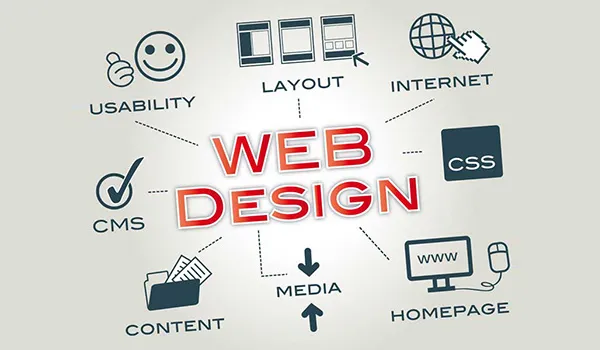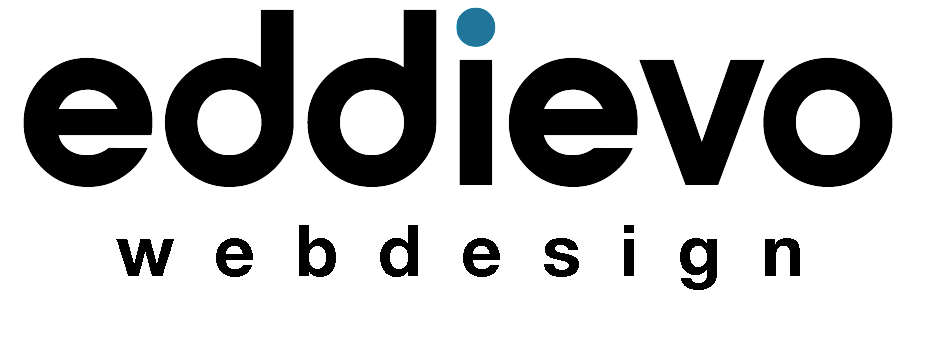Innovative Web Development Techniques to Try in 2024
As technology evolves at an ever-accelerating pace, staying ahead of the curve in web development is essential for creating cutting-edge, high-performing websites. In 2024, several innovative web development techniques are emerging that promise to transform how we build and experience the web. Incorporating these techniques into your development practices can enhance performance, user experience, and overall functionality. Here’s a look at some of the most exciting web development techniques to explore this year.

1. Embracing JAMstack Architecture
JAMstack (JavaScript, APIs, and Markup) is gaining traction as a modern approach to web development. By decoupling the front end from the back end, JAMstack allows for faster, more secure, and scalable websites. With static site generators like Gatsby and Next.js, you can build pre-rendered static pages that are served quickly to users, reducing server load and improving performance. Integrating APIs for dynamic functionalities ensures that you can still offer interactive features without compromising speed or security.
2. Progressive Web Apps (PWAs)
Progressive Web Apps are revolutionizing web development by combining the best of web and mobile applications. PWAs offer a native app-like experience within a browser, including offline access, push notifications, and fast load times. Leveraging technologies like Service Workers and Web App Manifests, PWAs provide a reliable and engaging user experience, regardless of network conditions. This approach enhances accessibility and usability, making your website feel more like a traditional app while still being accessible through a web browser.
3. Advanced CSS Grid Layouts
CSS Grid Layout is a powerful tool for creating complex, responsive web designs. In 2024, advanced CSS Grid techniques are allowing developers to build intricate layouts with ease. By defining grid containers and items, you can control the placement, alignment, and spacing of elements with precision. CSS Grid also works seamlessly with Flexbox, enabling you to create flexible and adaptive designs that look great on any device. Exploring advanced grid features like subgrid and auto-placement can elevate your web design to new levels of sophistication.
4. Server-Side Rendering (SSR) with React and Vue
Server-Side Rendering (SSR) is becoming increasingly important for improving performance and SEO. Frameworks like Next.js for React and Nuxt.js for Vue.js offer robust SSR capabilities, allowing you to render pages on the server before sending them to the client. This technique ensures that your website loads faster and is better optimized for search engines. SSR enhances the user experience by reducing initial load times and ensuring that content is visible and accessible right from the start.
5. WebAssembly for High-Performance Computing
WebAssembly (Wasm) is a groundbreaking technology that enables high-performance computing in the browser. By compiling code written in languages like C, C++, or Rust into a binary format, WebAssembly allows for near-native execution speeds. This capability opens up new possibilities for web applications that require intensive computation, such as gaming, data visualization, and complex simulations. WebAssembly’s efficiency and performance make it a valuable tool for developers looking to push the boundaries of what’s possible on the web.
6. AI-Powered Web Development Tools
Artificial Intelligence (AI) is transforming web development by providing intelligent tools and frameworks that enhance productivity and creativity. AI-powered design tools like Adobe Sensei and Figma’s auto-layout features streamline the design process, while code generation tools like GitHub Copilot assist with writing and debugging code. Leveraging AI for tasks such as content personalization, chatbots, and automated testing can improve user experiences and simplify development workflows, allowing developers to focus on more strategic tasks.
7. Motion UI for Dynamic Interactions
Motion UI is a CSS library that helps you create fluid, animated user interfaces. With Motion UI, you can implement transitions, animations, and effects that enhance the visual appeal and interactivity of your website. Animations can be used to guide users through a site, provide feedback, and draw attention to key elements. By incorporating motion into your design, you can create a more engaging and intuitive user experience, making your website more memorable and enjoyable to navigate.
8. Low-Code and No-Code Development Platforms
Low-code and no-code development platforms are empowering developers and non-developers alike to create functional web applications with minimal coding. Tools like Webflow, Bubble, and OutSystems allow users to build and deploy web applications through intuitive visual interfaces and drag-and-drop functionality. These platforms accelerate the development process and enable rapid prototyping, making it easier to experiment with new ideas and bring projects to market quickly.
9. API-First Development
API-First development emphasizes the creation of robust, well-documented APIs before building the front end or back end of an application. This approach ensures that APIs are designed with scalability and usability in mind, allowing for easier integration and future enhancements. By focusing on APIs as a foundational component, you can create more flexible and modular web applications that can integrate seamlessly with other services and platforms, fostering a more collaborative and efficient development process.
10. Enhanced Privacy and Security Features
As privacy concerns grow, incorporating advanced security features into your web development practices is essential. Techniques such as Content Security Policy (CSP), Subresource Integrity (SRI), and secure HTTP headers help protect against vulnerabilities and attacks. Implementing robust authentication mechanisms like OAuth 2.0 and multi-factor authentication (MFA) further enhances security. Prioritizing privacy and security in your development process not only protects user data but also builds trust and credibility with your audience.
11. Edge Computing for Faster Load Times
Edge computing is an emerging technique that involves processing data closer to the user’s location rather than relying solely on a central server. By utilizing edge servers distributed across various geographical locations, you can reduce latency and improve load times for users around the world. Edge computing is particularly beneficial for content delivery networks (CDNs) and real-time applications, ensuring a faster and more responsive experience for your audience.
12. Customizable Headless CMS Solutions
Headless Content Management Systems (CMS) provide a flexible approach to managing content by decoupling the content management back end from the front-end presentation layer. Customizable headless CMS solutions like Strapi and Contentful allow you to build and manage content in a way that is tailored to your specific needs. By using APIs to deliver content to various front-end applications, you gain greater control over how content is presented and interacted with, enhancing the flexibility and scalability of your web projects.
Incorporating these innovative web development techniques into your projects can significantly enhance your website’s performance, user experience, and functionality. By staying abreast of emerging trends and leveraging cutting-edge technologies, you can create dynamic, engaging, and future-proof web experiences that set you apart in the digital landscape.

